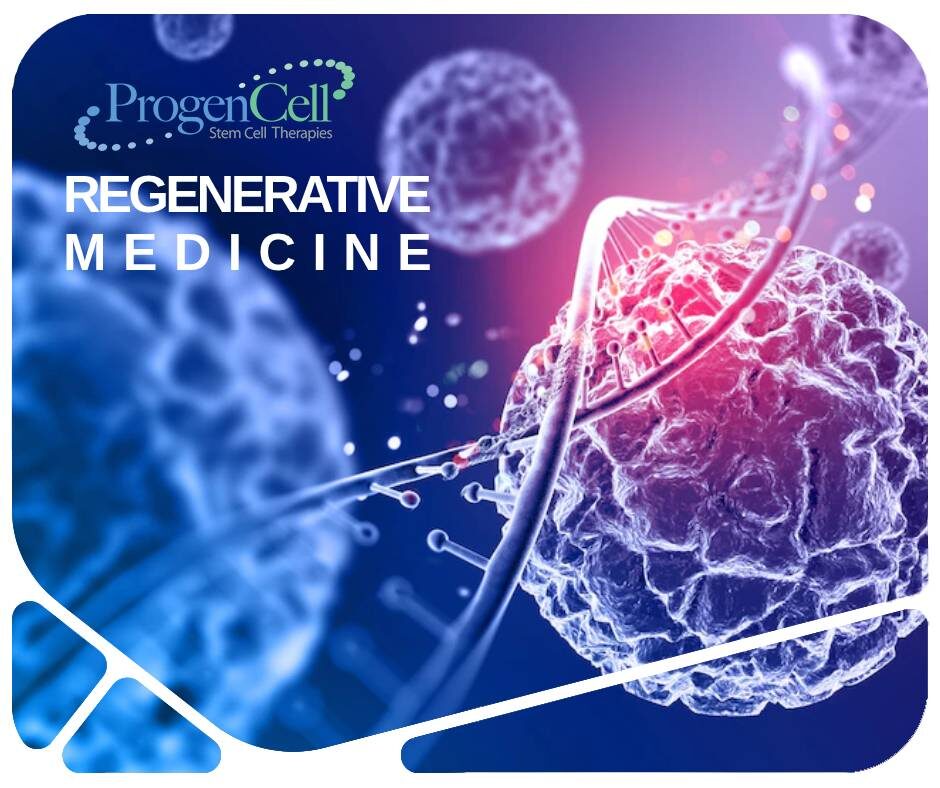Table of Contents
The writers note difficulties that stay, consisting of boosting the engraftment success and cell survival. Because the ISCI and Miller School are leaders in this area, the writers additionally stress the demand to standardize definitions and end results steps in the field. "The Hare Laboratory remains at the center of introducing brand-new treatments in this crucial clinical domain.
Now we are discovering just how to harness such stem cells to help patients recover their very own broken hearts."The research study is guided by the Cedars-Sinai Heart Institute, with the collaboration of the Johns Hopkins College, where Dr. Marbn worked before joining Cedars-Sinai in 2007. The 24 individuals getting involved in the research study have hearts that were damaged and marked by cardiac arrest.

It takes around four weeks for the cells to multiply to numbers enough for healing use, roughly 10 to 25 million. In the third and last action, the now-multiplied stem cells are re-introduced right into the person's coronary arteries during a 2nd catheter treatment. All people in the study had to have seasoned cardiovascular disease within 4 weeks before registering in the research task.
Later on this summer, it is anticipated that 12 even more patients will certainly undergo treatments to obtain 25 million stem cells, while six added clients will certainly be kept an eye on as controls. The initial patient, Kenneth Milles, a 39-year-old controller for a tiny construction business in the San Fernando Valley, experienced a heart attack on May 10 because of a 99 percent clog in the left former descending artery, a significant artery of the heart.
The procedure to grow the cardiac-derived stem cells associated with the study was developed by Marbn when he got on the professors of Johns Hopkins College. The college has actually submitted for a license on that copyright, and has licensed it to a firm in which Dr. Marbn has a monetary passion.

All financing was stemmed from the National Institutes of Wellness, the Donald W. Reynolds Foundation and Cedars-Sinai Medical Facility. Marbn holds The Mark Siegel Family Members Structure Endowed Chair and Supervisor of the Heart Institute.
Is stem cell therapy for Atherosclerosis and what patients are saying
Stem cell therapy for heart failing has emerged as a brand-new means to deal with and manage the core of the illness.
However, stem cell treatment can assist to relieve symptoms and enhance the heart's pumping capacity. This therapy utilizes the capacity of stem cells to self-regenerate and self-heal. Adhering to the admission of stem cell injections for coronary infarction, several systems enter play: Stem cells for cardiac arrest advertise the formation of specialized cardiac muscular tissue cells and regenerate damaged cells, boosting the heart's pumping capability.
There are multiple kinds of stem cell therapy for heart failing that have actually acquired acceptance complying with a lot of research. These are kinds of adult stem cells that are obtained from bone marrow, fat cells, and skin cells. They have cell regenerative and anti-inflammatory homes. These are one of the most common and well-researched types of stem cells.
These are gotten from embryos and have the pluripotent possibility to transform right into any type of kind of cells, consisting of cardiac ones. The major problem with these cells is that, as they are taken from embryos, they have many ethical and legal limitations and are just made use of in particular circumstances. for the factors stated over.
Stem cell injections for Arrhythmias — what to expect
These cells stem in the heart and are well-suited to cardiac fixing. Clinical Expert, Swiss Medica doctor The application and treatment of stem cell treatment consists of five steps: People begin with an on-line assessment with our medical advisor and are then evaluated by a cardiologist, who will get the essential medical history, do blood examinations, and demand imaging studies to determine whether stem cell therapy for heart failing is a feasible choice.
We administer stem cells with painless stem cell shots for coronary infarction. A very trained doctor will infuse processed stem cells right into the bloodstream; the entire treatment takes much less than an hour. After ending up the congestive heart failing stem cell therapy procedures, our clients will certainly be checked for any complications and results.
Navigation
Latest Posts
What to know about how stem cells help with Heart Failure
Breakthrough option for High Blood Pressure using stem cells
Leading providers of stem cell therapy targeting Peripheral Artery Disease